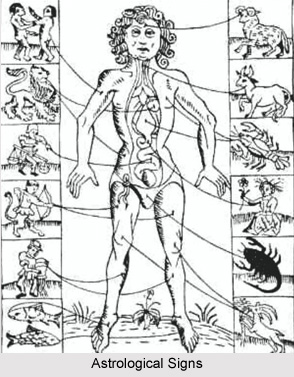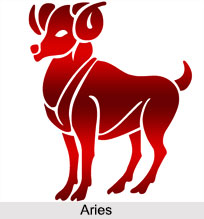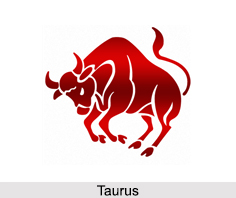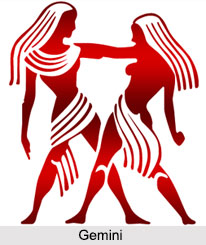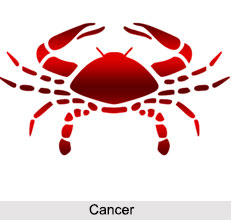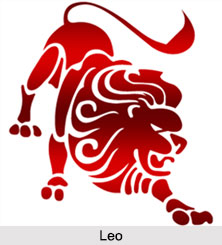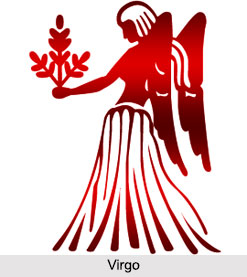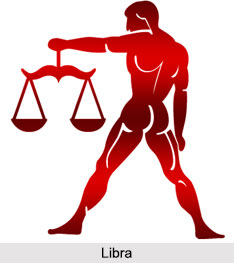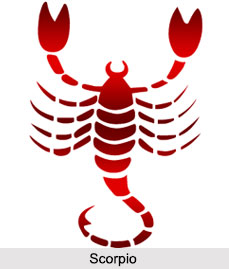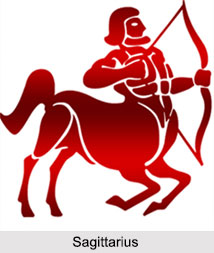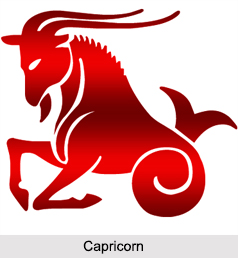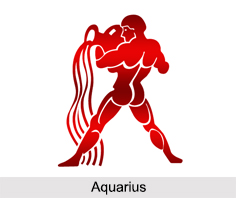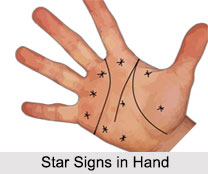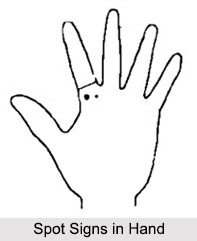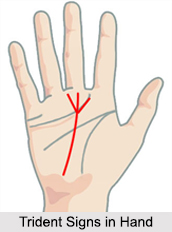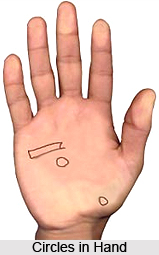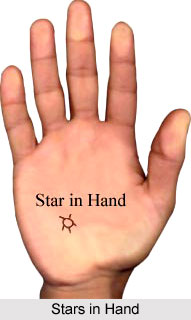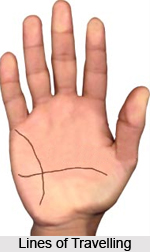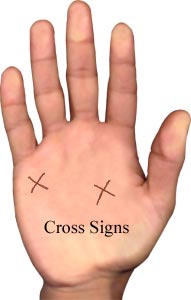 Vedanga Jyotisha of Lagadha is the most ancient scripture for the determination of `Kala` (time). Western scholars had also shown interest on Astrology in Vedanga Period for understanding the precession of solstices. Scientific methods of calendar calculation for practical use have been mentioned in Astrology in Vedanga Period. Vedic Yajnas, such as, Agnyadhana, Darshapurnamasa, Chaturmasya, Nirudha pashubandha, Somayaga should be performed at specific time of the year, which is determined by Vedanga Jyotisha of Lagadha. Astrology during the Vedanga period is quite scientific as it is based on actual position of the Sun and Moon.
Vedanga Jyotisha of Lagadha is the most ancient scripture for the determination of `Kala` (time). Western scholars had also shown interest on Astrology in Vedanga Period for understanding the precession of solstices. Scientific methods of calendar calculation for practical use have been mentioned in Astrology in Vedanga Period. Vedic Yajnas, such as, Agnyadhana, Darshapurnamasa, Chaturmasya, Nirudha pashubandha, Somayaga should be performed at specific time of the year, which is determined by Vedanga Jyotisha of Lagadha. Astrology during the Vedanga period is quite scientific as it is based on actual position of the Sun and Moon.
As Vedanga Jyotisha is the only genuine book for all Vedic purposes, other works on astrology including Surya Siddhanta are only acceptable as far as they are in line with Vedanga Jyotisha. In Vedic calendar system, a date consists of a time period of a day and the subsequent night. A fortnight consists of fourteen or fifteen tithis. A month consists of such two fortnights. A ritu consists of such two months. An ayana consists of such three ritus. And a year consists of such two ayanas. And finally a yuga consists of five years. It appears as the seventh month of an ayana. Vedanga Jyotisha strictly follows this natural phenomenon. This method is completely scientific and according to the natural phenomena. The system of Vedanga Jyotisa has no such fault. In Vedic astronomical system, there are six seasons namely Shishira, Vasanta, Grishma, Varsha, Sharat and Hemanta. These seasons change with the movement of the Sun and the Moon. Shishir Ritu remains from Tapashshukla Pratipda to Tapasyakrishna Amavasya. Each Vedic season begins at Shukla Pratipada and ends by Krishna Amavasya
It was during the Vedanga Jyotisha period that calculation of solar months, calendar, accurate planetary positions, the fixation of Lagna, as well as the bare bones of horoscope were developed. During these days Jyotisha and Ganita were used as synonyms. The three branches of Jyotishastra were not recognised as separate entity.
In conclusion, we see that the Vedic calendar according to Vedanga Jyotisha should be followed for all Vedic rituals. According to many scholars Astrology in Vedanga period is said to be primitive in nature.
